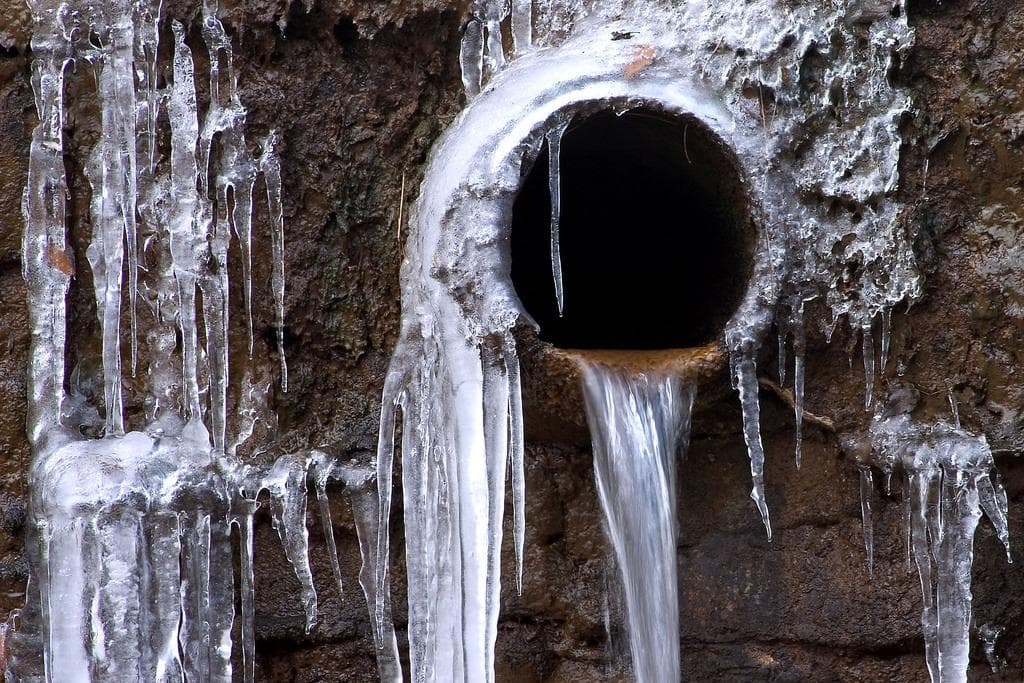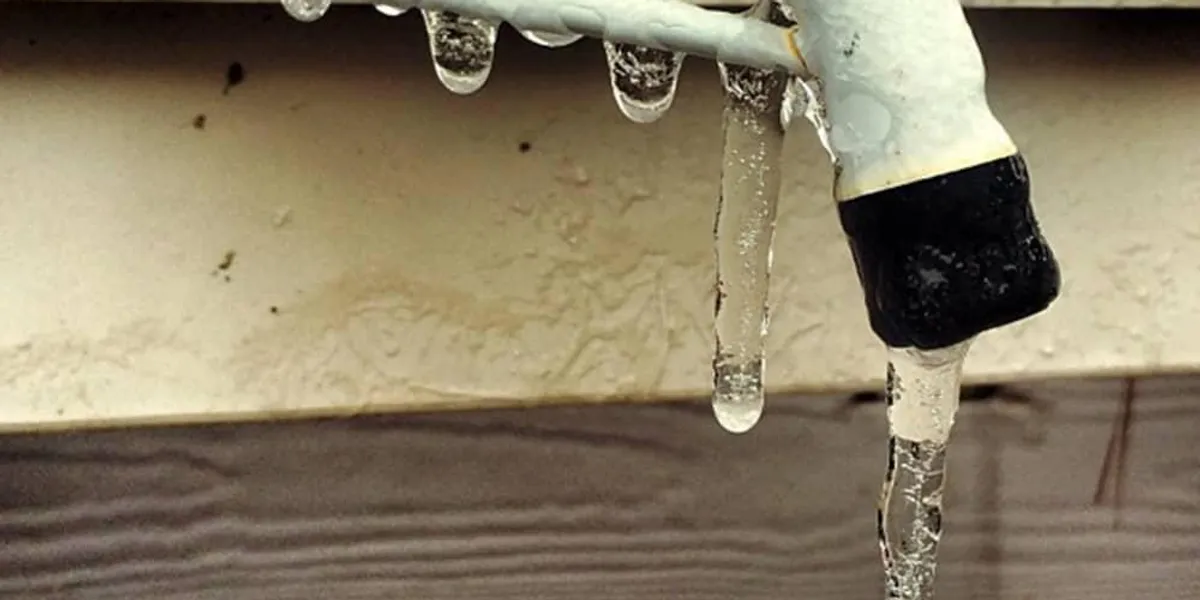Protect Against Frozen Plumbing in Cold Weather: Pro Tips
Protect Against Frozen Plumbing in Cold Weather: Pro Tips
Blog Article
Just about everyone has got their private opinion about Preventing and dealing with frozen pipes.

Cold weather can ruin your plumbing, specifically by freezing pipes. Below's exactly how to avoid it from happening and what to do if it does.
Introduction
As temperature levels decrease, the threat of frozen pipelines increases, possibly leading to costly repairs and water damages. Recognizing how to avoid frozen pipes is essential for house owners in cold environments.
Recognizing Frozen Pipes
What triggers pipes to ice up?
Pipelines ice up when exposed to temperatures below 32 ° F (0 ° C) for prolonged durations. As water inside the pipelines ices up, it increases, putting pressure on the pipe wall surfaces and possibly triggering them to break.
Risks and damages
Frozen pipes can result in supply of water interruptions, property damages, and costly repair work. Burst pipes can flooding homes and trigger extensive structural damage.
Indications of Frozen Pipes
Recognizing frozen pipes early can stop them from breaking.
Exactly how to identify icy pipes
Seek lowered water circulation from faucets, uncommon odors or sounds from pipes, and noticeable frost on exposed pipelines.
Prevention Tips
Protecting vulnerable pipelines
Wrap pipelines in insulation sleeves or make use of warmth tape to protect them from freezing temperatures. Focus on pipelines in unheated or outside locations of the home.
Home heating techniques
Keep indoor spaces adequately heated, particularly locations with pipes. Open cabinet doors to permit warm air to circulate around pipelines under sinks.
Protecting Outside Pipes
Yard hoses and outdoor taps
Detach and drain yard tubes before winter. Set up frost-proof spigots or cover outdoor faucets with protected caps.
What to Do If Your Pipes Freeze
Immediate actions to take
If you suspect icy pipelines, maintain taps available to eliminate stress as the ice melts. Use a hairdryer or towels soaked in hot water to thaw pipes gradually.
Long-Term Solutions
Structural adjustments
Think about rerouting pipes away from exterior walls or unheated locations. Include extra insulation to attics, basements, and crawl spaces.
Upgrading insulation
Buy high-grade insulation for pipes, attic rooms, and wall surfaces. Proper insulation aids preserve constant temperatures and minimizes the danger of icy pipes.
Verdict
Protecting against icy pipelines requires proactive procedures and fast feedbacks. By recognizing the causes, indications, and safety nets, homeowners can protect their plumbing throughout winter.
6 Proven Ways to Prevent Frozen Pipes and Protect Your Home
Disconnect and Drain Garden Hoses
Before winter arrives, start by disconnecting your garden hoses and draining any remaining water. Close the shut-off valves that supply outdoor hose bibs and leave the outdoor faucet open to allow any residual water to drain. For extra protection, consider using faucet covers throughout the colder months. It’s also important to drain water from any sprinkler supply lines following the manufacturer’s directions.
Insulate Exposed Pipes
Insulating your pipes is an effective way to prevent freezing. Pipe insulation is readily available at home improvement stores and is relatively inexpensive. Pay close attention to pipes in unheated areas such as the attic, basement, crawl spaces, or garage. Apply foam insulation generously to create a buffer against the cold. You can also wrap your pipes in heat tape or thermostat-controlled heat cables for added warmth.
Seal Air Leaks
Inspect your home for any cracks or openings that could let in cold air. Seal any holes around the piping in interior or exterior walls, as well as the sill plates where your home rests on its foundation. Additionally, make sure to keep your garage door closed unless you’re entering or exiting. Leaving it open creates a significant air leak that can lead to frozen pipes.
Allow Warm Air Circulation
During cold snaps, it’s essential to allow warm air to circulate evenly throughout your home. Leave interior doors ajar to promote better airflow. Open kitchen and bathroom cabinets to help distribute heat consistently around the rooms. If you have small children or pets, be sure to remove any household chemicals or potentially harmful cleaners from open cabinets for safety.
Let Faucets Drip
A small trickle of water can make a big difference in preventing ice formation inside your pipes. When temperatures drop significantly, start a drip of water from all faucets served by exposed pipes. This continuous flow helps prevent the water from freezing. Additionally, running a few faucets slightly can relieve pressure inside the pipes, reducing the chances of a rupture if the water inside does freeze.
https://choateshvac.com/6-proven-ways-to-prevent-frozen-pipes-and-protect-your-home/

As a person who reads about Preventing and dealing with frozen pipes, I imagined sharing that blog post was sensible. For those who appreciated our page please be sure to pass it around. Thank you for your time. Come back soon.
Call Today Report this page